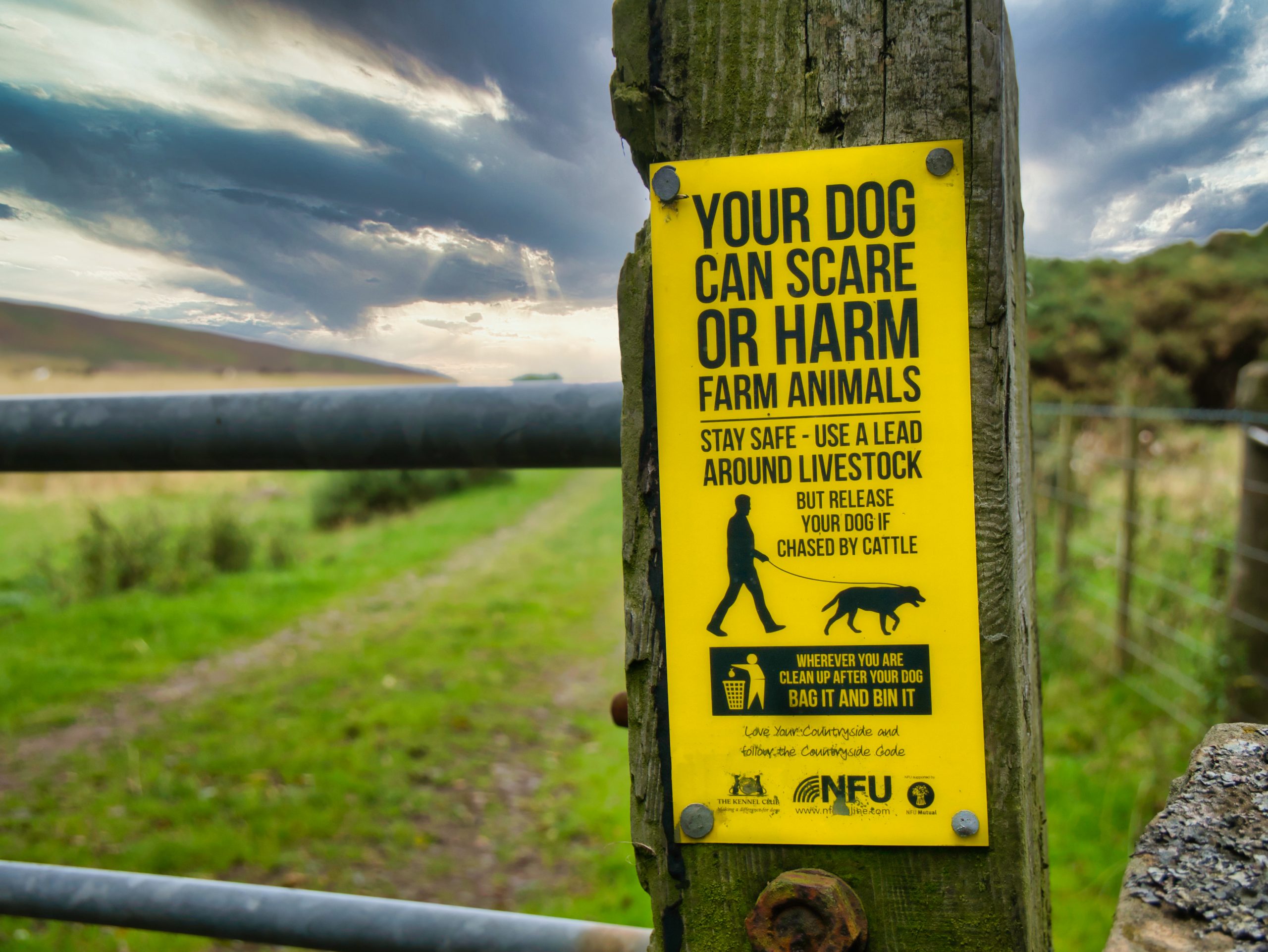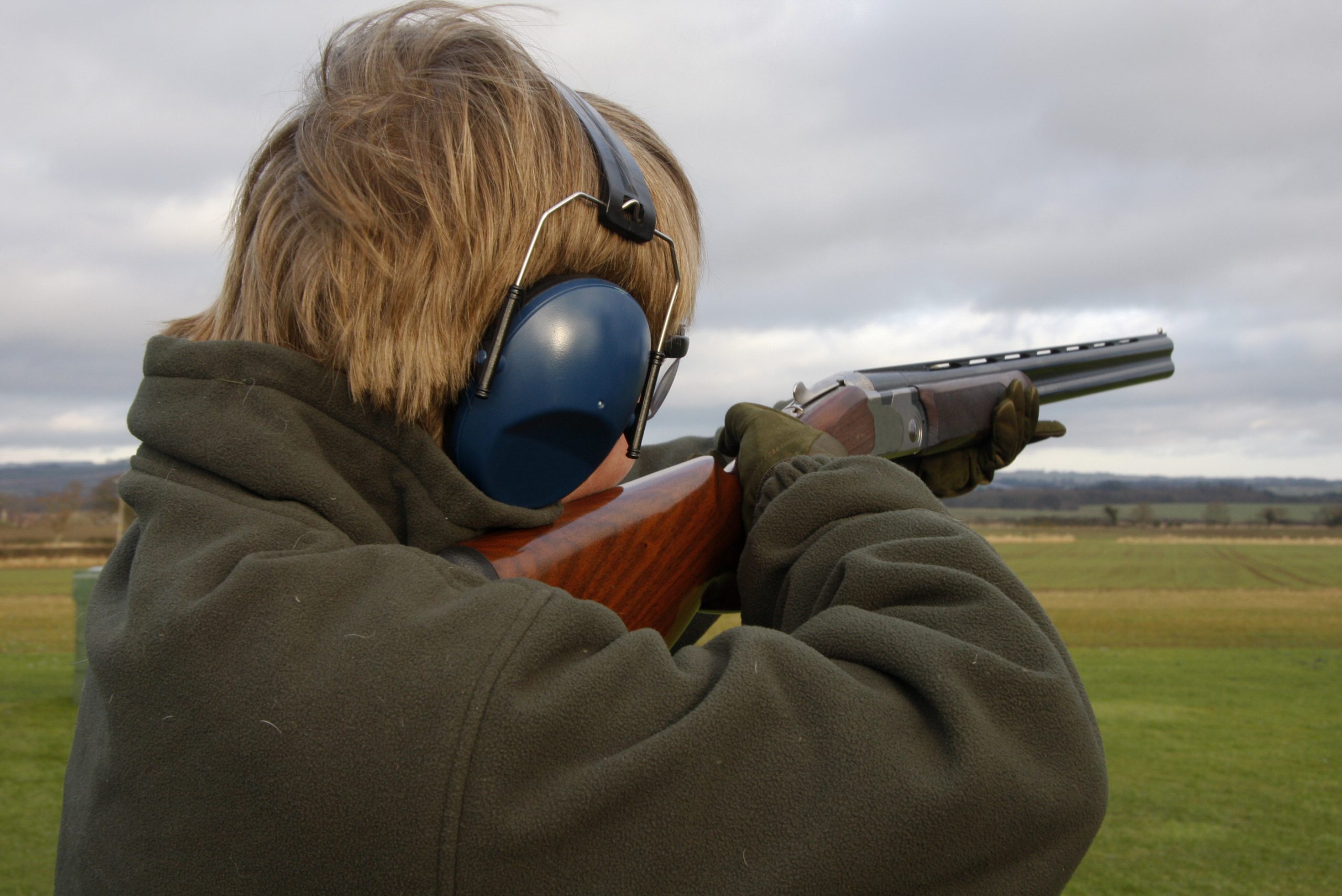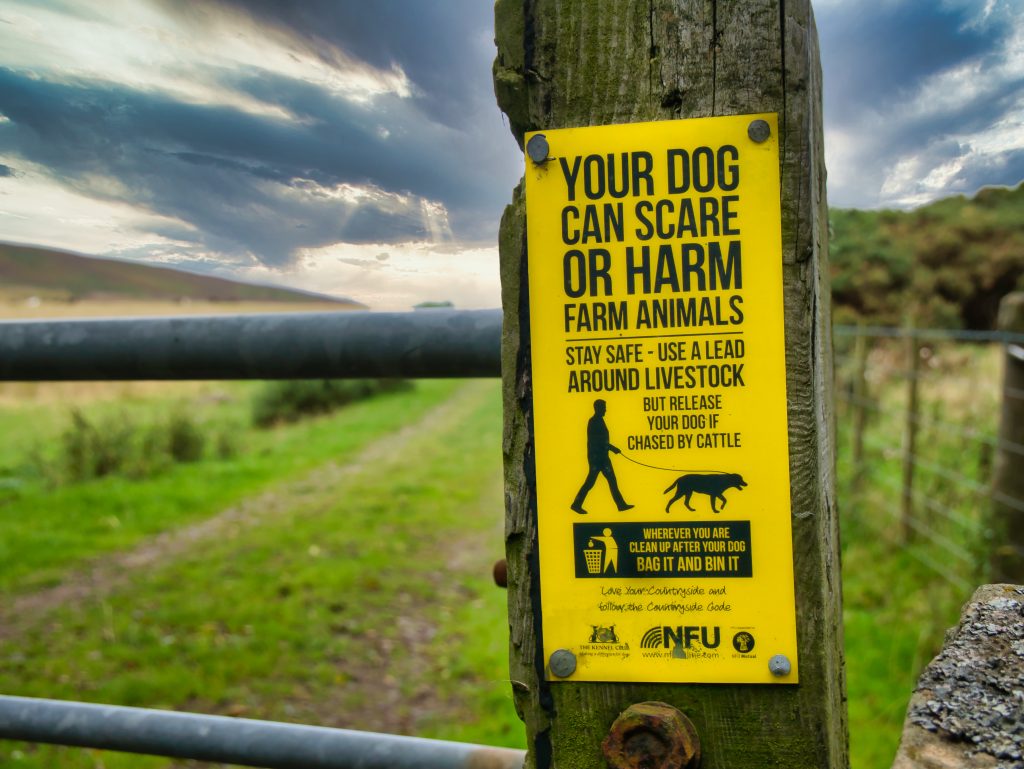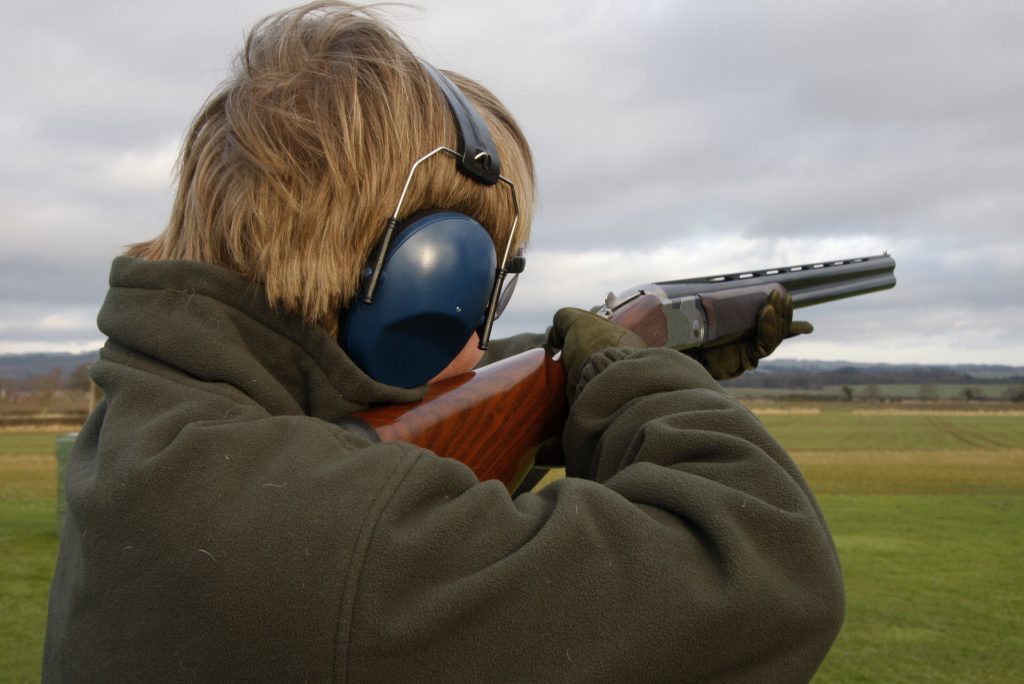The Great Moorland Debate: Anti-burning or anti-shooting?
Greenpeace picks a side with a petition calling on a complete ban of all heather burning, while existing petitions seem to be driven by a hatred of shooting, rather than concern for the environment. Emily Damment takes a closer look...
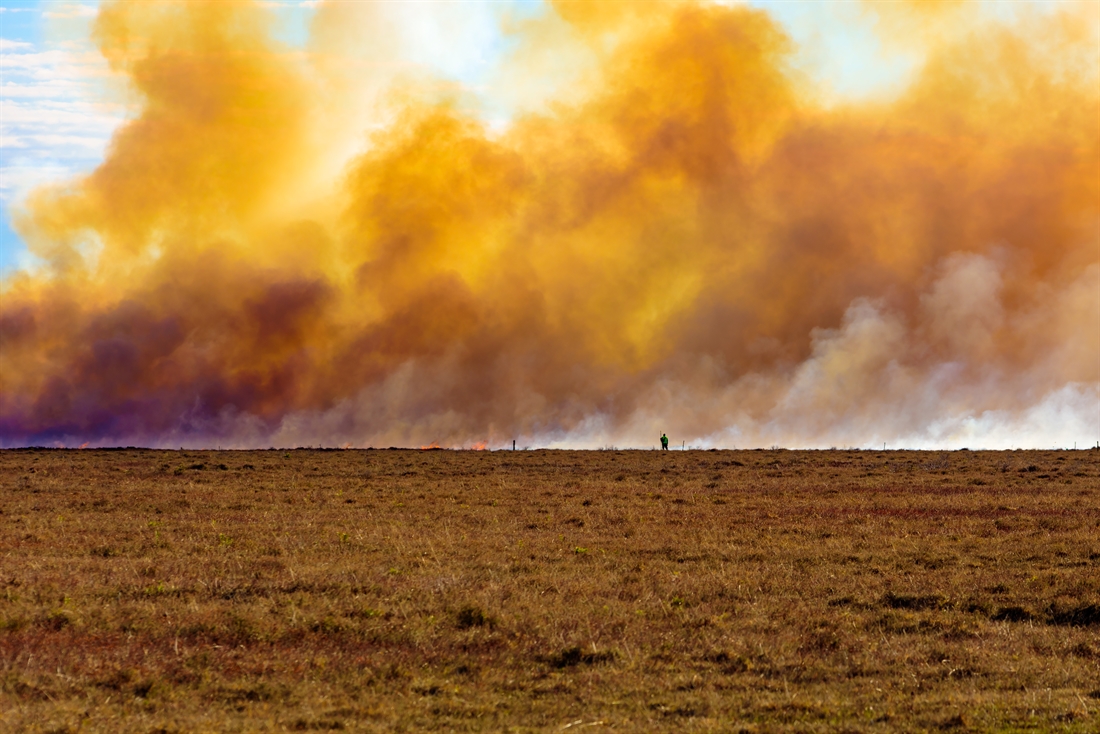
In July, Green Peace launched a petition calling for a total ban on all heather burning. The month before, an article was published on its investigative website – unearthed.greenpeace.org – showing satellite imagery of heather burning practices, some of which it claims was undertaken illegally. The article (written by two Unearthed Greenpeace journalists, one of whom previously wrote for The Guardian) was riddled with misleading statements and anti-shooting rhetoric.
One example of that rhetoric is found in the second paragraph, where the author states that heather “…was burned to encourage growth of the fresh young shoots of heather on which grouse like to feed – grouse which will later be killed by shooting parties.”
They unfortunately neglect to include any other reasons why heather is burned, including to prevent devastating wildfires, to create a “patchwork” landscape which provides cover and habitat for a range of ground nesting birds (including hen harriers), and to increase new growth of the heather which does benefit grouse, but also benefits a huge range of other species, some of which are threatened.
You can read more about some of the threatened species that are found in abundance on land managed for grouse shooting in this article detailing three shooting estates that won conservation awards for their work increasing threatened bird species.
GWCT Chief Executive, Teresa Dent, penned a wonderful reply to Greenpeace’s interim UK Executive Director, Pat Venditti, outlining the many factually incorrect statements made in the article and drawing attention to the most recent scientific research on the subject. You can read her full response here
Anti-burning or anti-shooting?
A quick Google search brings up another petition on change.org titled “Extend the ban: stop grouse moors burning on all carbon-rich peatlands”. Much like the Greenpeace duplicate, the change.org petition calls on the government to extend the Heather and Grass etc. Burning (England) Regulations 2021 to a ban on all heather burning. Currently, the legislation prohibits burning on certain peat depths and in certain areas.
The change.org petition currently sits at 22,855 signatures. The concerning thing is not so much the call to ban heather burning (although that is, of course, of concern); rather, it is the anti-shooting rhetoric that seems to drive many of the signatories. Here are a few examples: “Burning of our moorland is totally unnecessary, only done to support driven grouse numbers”; “Vandalism supporting a cruel ‘sport’”; “I’m against shooting any creature for pleasure”; “It’s barbaric that birds are being prepped for shooting. This is a blood sport and needs to be banned”.
Note that two of the comments seem to suggest that the commenter signed this petition on the basis that they disagree with the shooting of live quarry. In short, they were signing it in the hopes that grouse shooting was banned – not heather burning. Whether they had any strong feelings about heather burning in an ecological sense is unclear.
Alongside the anti-shooting agenda of petitions such as these is a complete disregard of scientific evidence. There have been several studies in recent years pointing towards low-severity burning of heather as a vital tool in the global struggle to preserve and increase carbon storage in peatlands. We have included some information about them below.
Dig a little deeper…
One of the studies Teresa Dent drew attention to in her reply to Greenpeace examined the potential importance of low severity fires in several peatlands in different ecozones (study authored by Neal E. Flanagan of the Nicholas School of the Environment, Duke University Wetland Center, USA).
The study looks at the increased stability of thermally altered soil organic matter, and how it allows a greater proportion of organic matter to survive vertical migration into zones of peatlands where environmental conditions protect carbon stores from decomposition for thousands of years. The study’s abstract concludes: “Thus, across latitudes, low-severity fire is an overlooked factor influencing carbon cycling in peatlands, which is relevant to global carbon budgets as climate change alters fire regimes worldwide.”
The basis of the study was that, worldwide, regularly recurring wildfires have shaped peatland ecosystems to the extend that some are dominated by fire-adapted plant species. While some fires are very damaging (long-smouldering fires that tend to burn during dry periods and wipe out entire peatland carbon stores), others could be of potential importance to the carbon cycling of peatlands. These fires are the low-severity fires that typically burn during the dormant season when soil moisture is high, and vegetation is desiccated – the exact fires that upland grouse keepers replicate with cool burns. The study states: “In such low-severity fires, surface layers experience flash heating, but there is little loss of underlying peat to combustion.”
A second study, published a year later in 2021 and authored by Adam F. A. Pellegrini, Department of Plant Sciences, University of Cambridge, also looks at the issue in more depth… literally, by examining what is happening below ground. It examines how carbon is stored in the soil, and how promoting soil organic matter stability using fire may be “an important nature-based climate solution to increase carbon storage”.
Commenting on the findings at the time it was published, Amanda Anderson, Director of the Moorland Association said: “This concurs with research on carbon rich peatland, demonstrating that the formation of charcoal by burning above-ground vegetation has a beneficial effect on carbon storage in the soil. We hope that this important independent research will be taken into consideration by lobby groups and policymakers.”
You can read more about the Cambridge University study here
Clearly, Amanda’s hopes were in vain, but the above research proves, at the very least, that the existing legislation on heather burning requires further consideration; and certainly, that a blanket ban is not quite the carbon-storing quick-fix that Greenpeace would have its many members believe.

